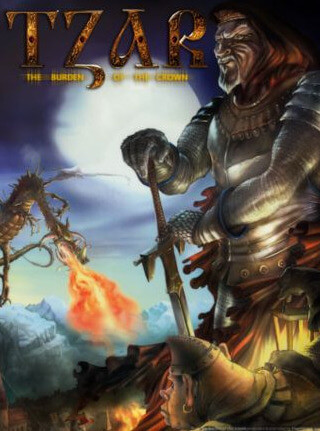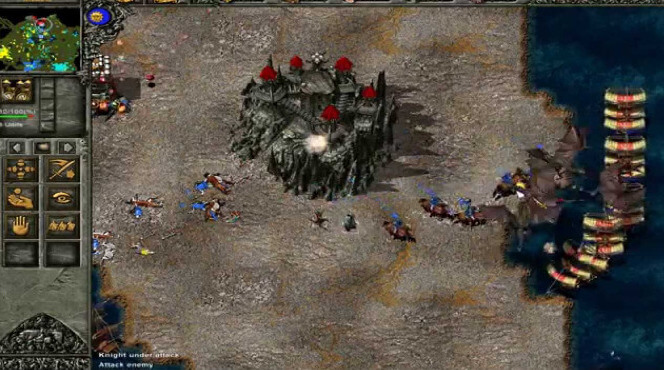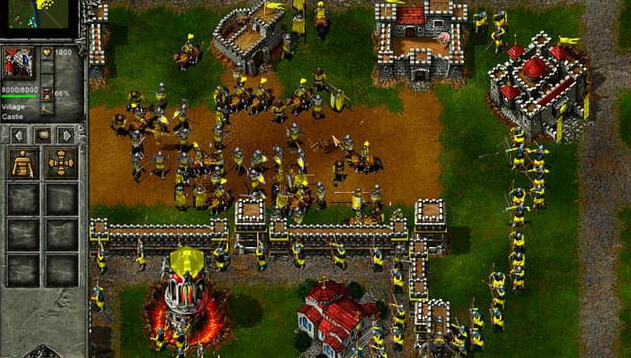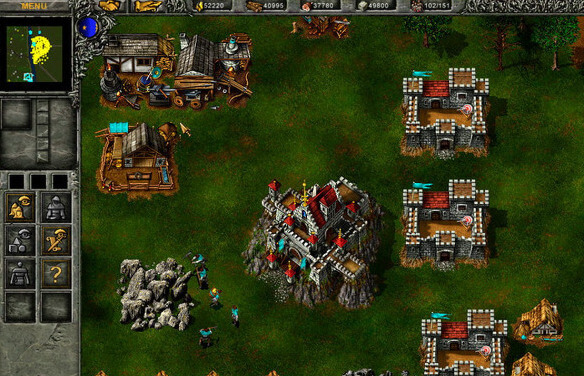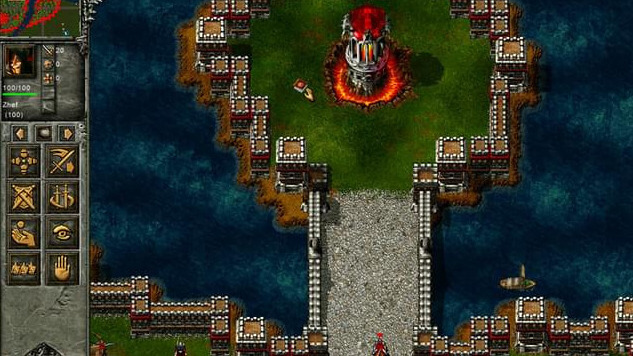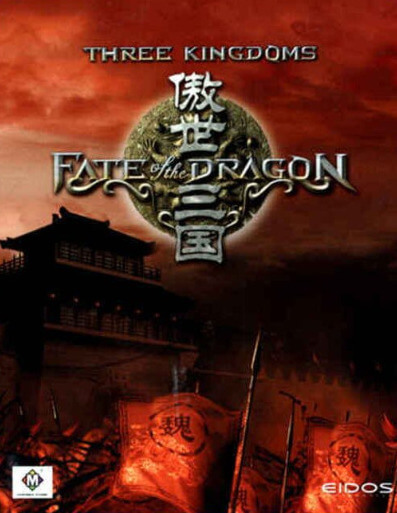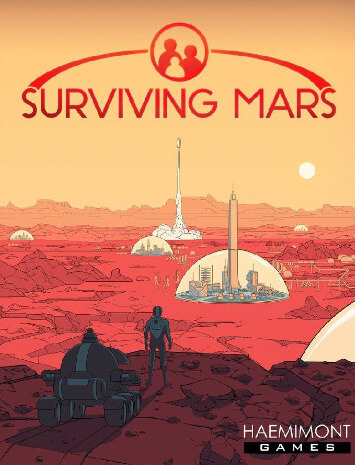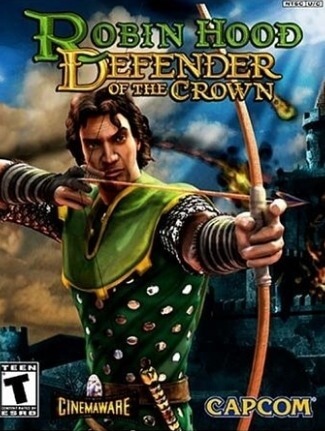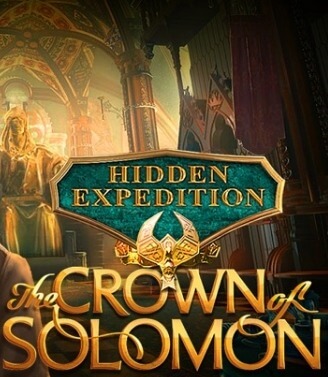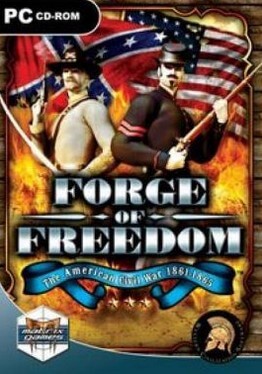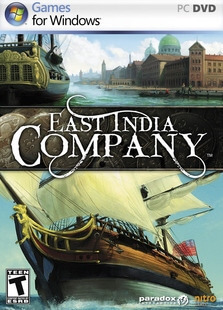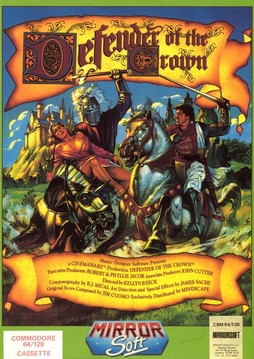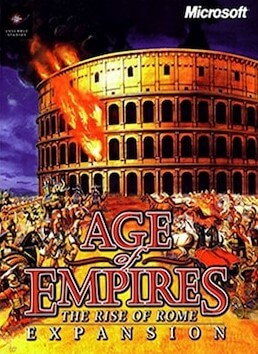The main buildings that can be constructed by all three races are houses, farms, blacksmiths, workshops, barracks, stables, towers, walls, gates and inns. The players usually starts the game with a castle and a few peasants. All types of resources can be carried to the castle. Building houses increases the population limit. Farms can be used to produce cows and also as a place to gather food. Stables are required for some types of mounted soldiers, and blacksmiths provide various improvements to units' armour and fighting skills. Workshops are used to build siege machines. Towers are used for defence. Inns are the place where the player can exchange resources and later hire mercenaries and heroes. Docks can be built to fishing and travelling across the sea.
There are 4 Strategies in which the player can take: religion (mosque- Arabians, cathedral-Europeans, Shaolin monastery-Asians), magic (mage tower-all races), war(warrior's academy-all races), or trade (merchant's guild-all races). The player takes a path by building the corresponding building. Due to the high cost of these elite buildings, the player can only take one of the strategic paths each with their own unique style:
Religion will allow the player to produce priests, spies, and elite religious unit. Priest have the ability to heal and bless units by increasing their stats for a short period of time. They also have a long line of sight to spot wizards and neutralize them with one long range shot making religion the perfect counter for a player taking the magic path. Spies have the ability to impersonate an opponent unit to infiltrate their kingdoms allowing you to see what your opponents are doing. Your opponent can command your spies and move them around or even have them collect resources if your spies impersonate an peasant. Spies can reveal their true selves at any time you give the command. Europeans elite units are crusaders which are mounted units with high armor. They come in groups at a time and the player cannot produce more until the current group is completely killed. Arabians have Jihadi warrior's which are an upgrade from a typical soldier. What makes them unique is that they are actually peasants. Peasants are much cheaper than the standard soldier suggesting the player to spam peasants and converting them to Jihadi warriors and swarm the enemy. Asian's elite unit is the monk which are all purpose warriors. They have a good balance of attack and defense and can share their battle experience with other kung-Fu units.
Magic will allow the player to produce wizards and research spells. Wizards will start out with no abilities until they are researched from the mage tower. Each race have unique spells but they are all devastating for large groups of units making magic the perfect counter against a player taking the war path. In addition, after researching, wizards can summon magical creatures - giants and bats (Europeans), genies (Arabians) and dragons (Asians). They all have outrageously high attack and hit points but are vulnerable to priests.
War will allow the player to value each soldier by removing the cap leveling up allowing them to reach heroic status as they experience more and more battles. The player can also research faster experience gain and influence by heroes. The player taking this path will be able to hire mercenaries giving quality units at no time at all. This strategic path suggests leveling up units and swarming creating hordes of experienced warriors and heroes. Despite how strong religious units are, outnumbering eventually wins making war the perfect path against a player who has taken the religious path.
The trade path allows the player to trade with allies, gamble with resources, take up loans, and increase the population cap in order to produce more peasants to collect more resources. This path is more suited when playing with allies. In addition, the trade path allows the research of elite war galleons which are larger, stronger, and have longer attack range than the other war ships making trade a considerable path to take when playing in island maps. Lastly, you can research the ability that allows peasants to bribe enemy units as long as the price is right.
There is also a campaign option for single players in which the player must complete specific goals, such as destroying an enemy force, or protecting a citadel from attack. The campaign has a total of 20 missions.
The game also includes a map editor where players can create their own maps to play on with strategically placed rivers, forests, and resources to use to build their armies with. The game is best known for the first ever implementation of a full experience system for every unit in a RTS game. The game doesn't have the commonly known system of Warcraft III for heroes but still every unit has the potential to reach level twelve and thus gaining a heroic status. There is no limit of the "hero" units a player can have, as long as they can keep them alive.
